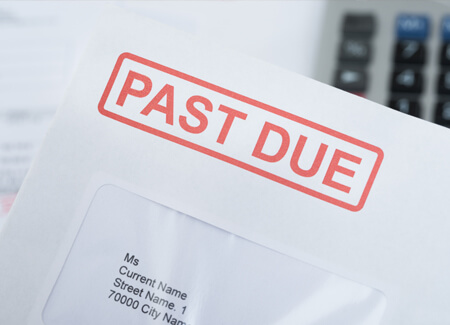How customer segmentation can optimize your accounts receivable

If you’re looking for a way to optimize your accounts receivable, customer segmentation is one strategy you’ll want to adopt. The idea behind customer segmentation is using their past behavior to help you decide how to respond if they fail to pay you on time. Taking this strategic approach to accounts receivable management will help you use your time effectively so you can get paid more quickly.
Create a full history of your customers
Gaining the ability to go back and see your customers’ behavior can be insightful. Payment history is important, but it’s also important to collect additional data because other customer behaviors can raise red flags on their ability to pay on a monthly basis.
For example, it’s not unusual to discover that a chronically late customer uses certain delay tactics to postpone their bills’ due date. Look for patterns in their tactics. Of course, always give the customer the benefit of the doubt at first. But if a chronic pattern emerges, their pattern of behavior may help you identify how to segment this type of customer. Keep a record of all encounters by phone and in person, and refer to it when you pull your daily accounts receivable.
Using customer segmentation to guide your next steps
Once you have information on your customers, it’s time to use the information to decide the appropriate response when the account is past due. Here’s a look at how you might rank your customers, and steps you can take for each customer segment.
Green level: These are the customers with a long, established history of on-time payments.
- What to do when they’re late: If the due date arrives with no payment, the only action needed is to send a second invoice with the next batch because once that arrives, they’ll probably self-correct. If there’s still no response, it’s time for a phone call. Keep the tone friendly, upbeat, but be straightforward with the message.
Yellow level: These are newer customers who haven’t established a payment history. Or these could be customers who occasionally miss a payment and need prompting to get current.
- What to do: A reminder that arrives right after the due date can be a prompt while sending a message to the customer: You took their deadline seriously, and you expect them to do the same for you. A day or two after the due date arrives, a simple communication — phone call, letter, or even an email — should be enough to trigger a payment. After the second missed payment, it’s time to alert them that the account is moving to collections.
Red level: These are the customers with a track record of late payments, such as frequently delaying payment for one reason or another, regularly disputing their bill to delay the payment process, or simply making excuses when the due date arrives.
- What to do: These are the accounts that can be turned over to a collection partner almost immediately after the due date passes. Going forward, you may start requiring cash deposits before service continues.
Customer profiling and segmentation takes additional time and effort. But the truth is, accounts receivable never improve with age. Using this approach can be worthwhile because sending the right reminders can help you get paid more quickly.
Need collection help?
Call us at 1-800-279-3511 or REQUEST PRICING!
About the Author: Eric Johannes








